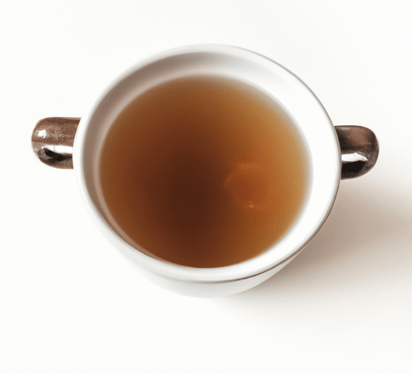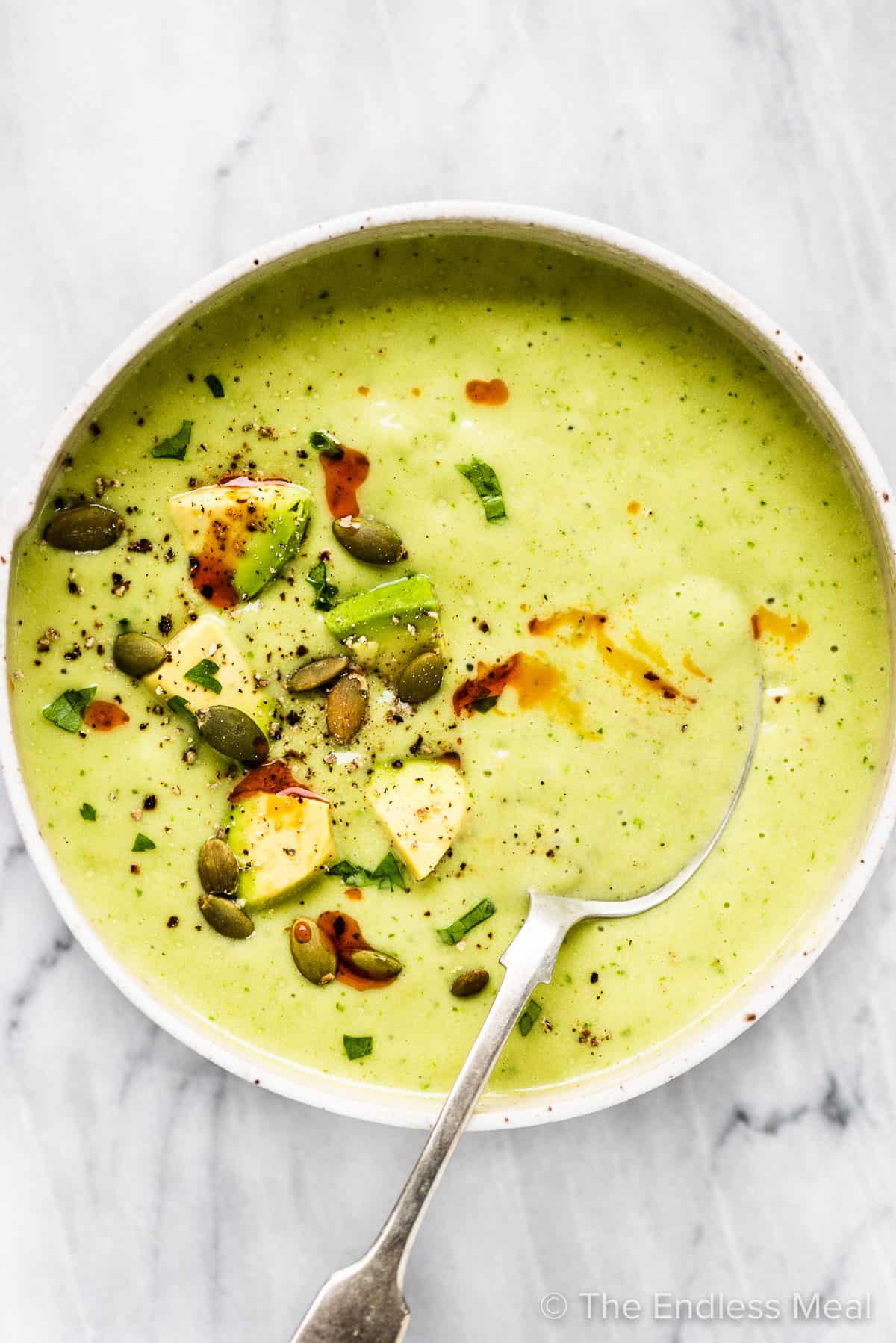Bone Broth: Important Facts, Health Benefits, and Recipes
Explore the health benefits and culinary uses of bone broth in our ultimate guide, covering its history, storage tips, and how it supports joint, gut, skin, and immune health.

Nutritional Facts
1 cup
Amount per serving
Calories
120.3
Carbohydrates
10 g
Fat
6 g
Protein
6 g
Saturated Fat
1.5 g
Sodium
290.6 mg
Fiber
0.9 g
Sugar
8 g









